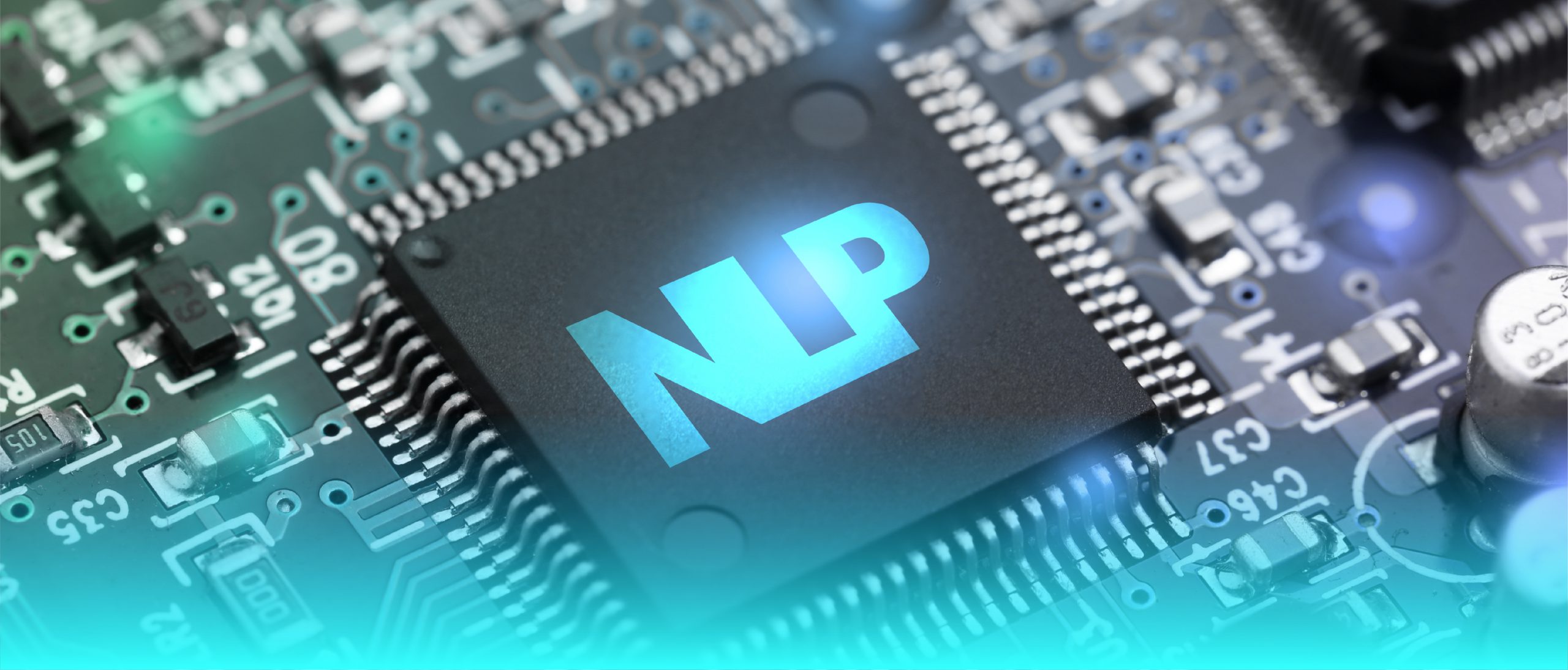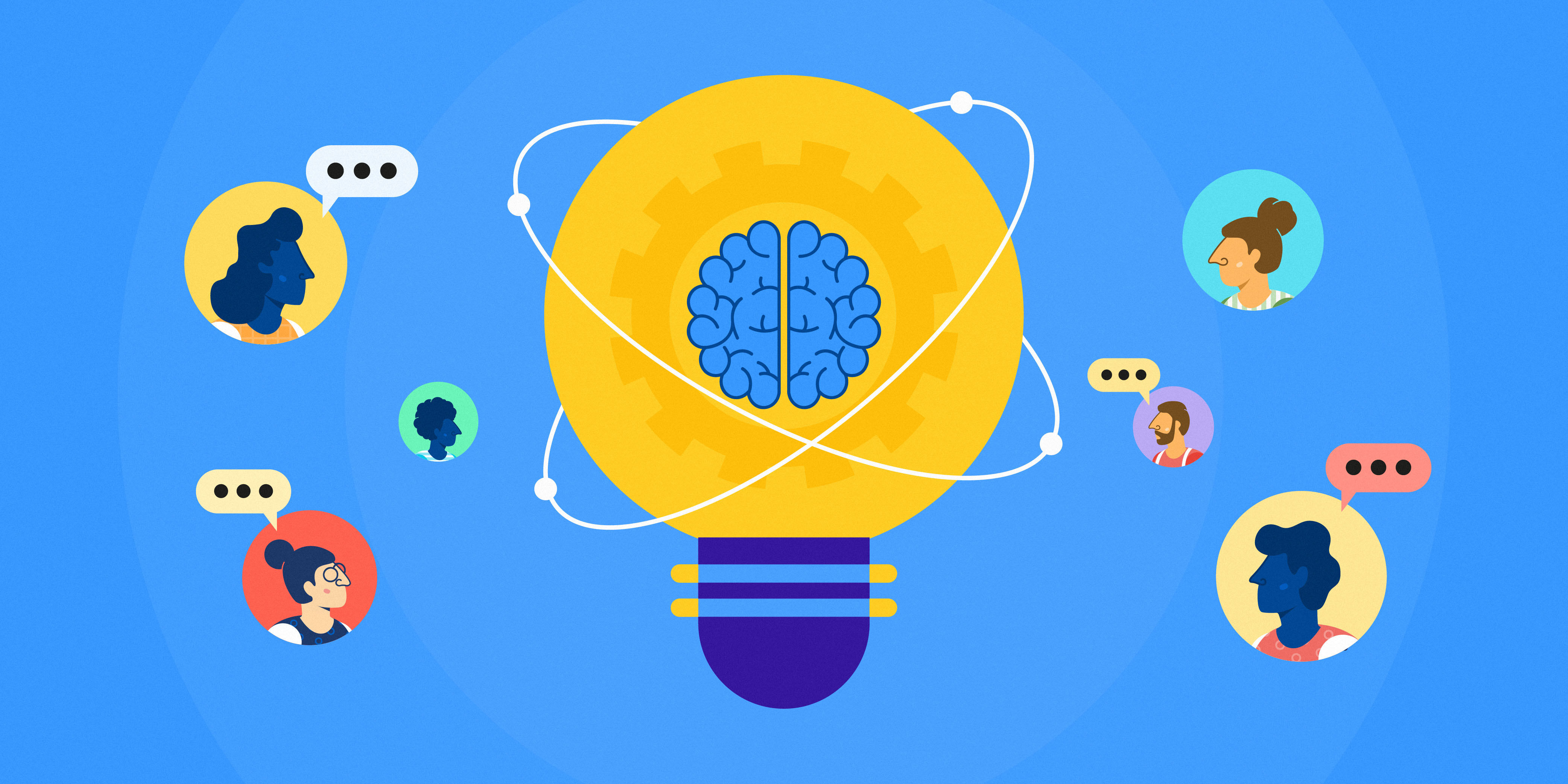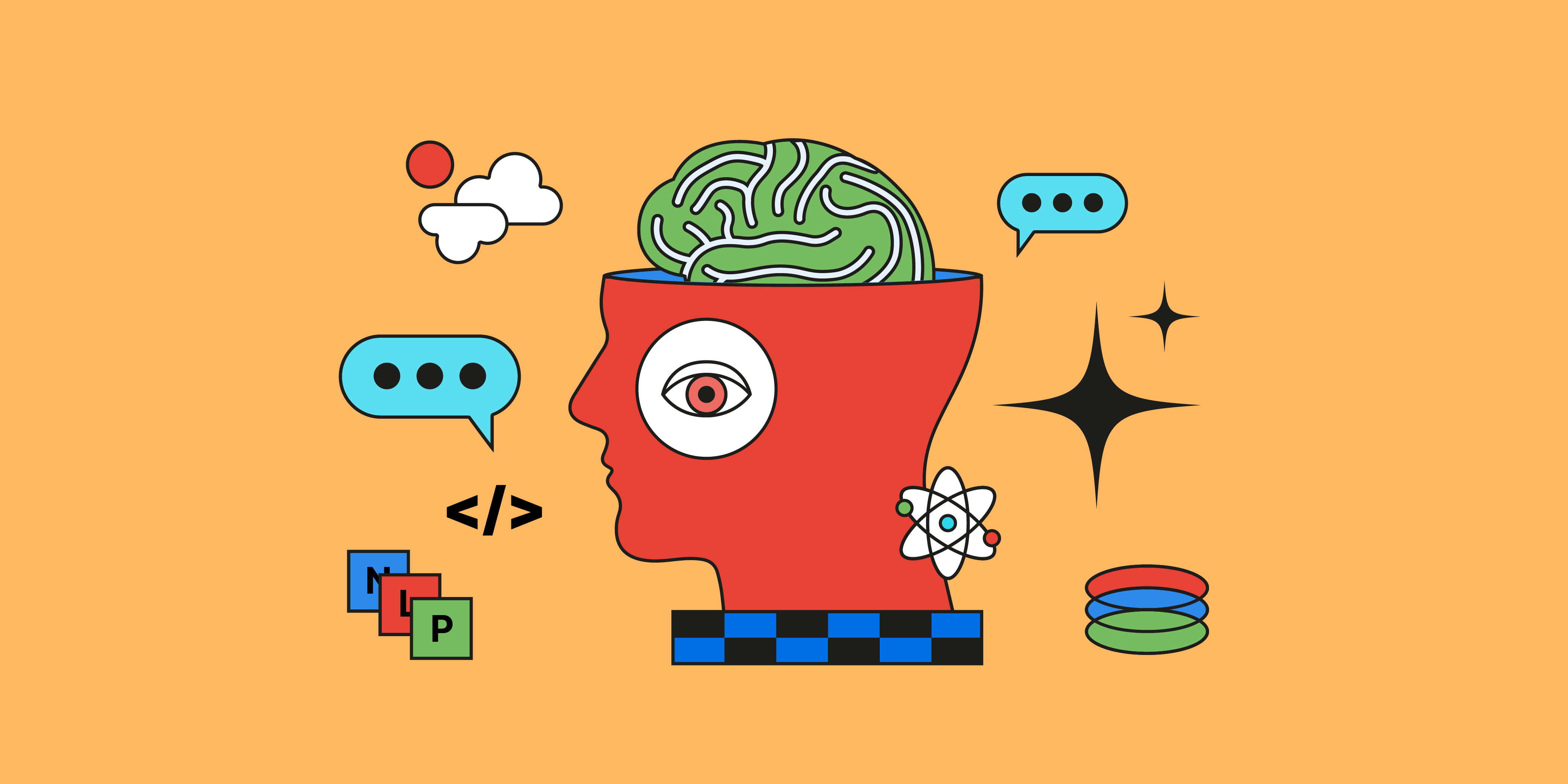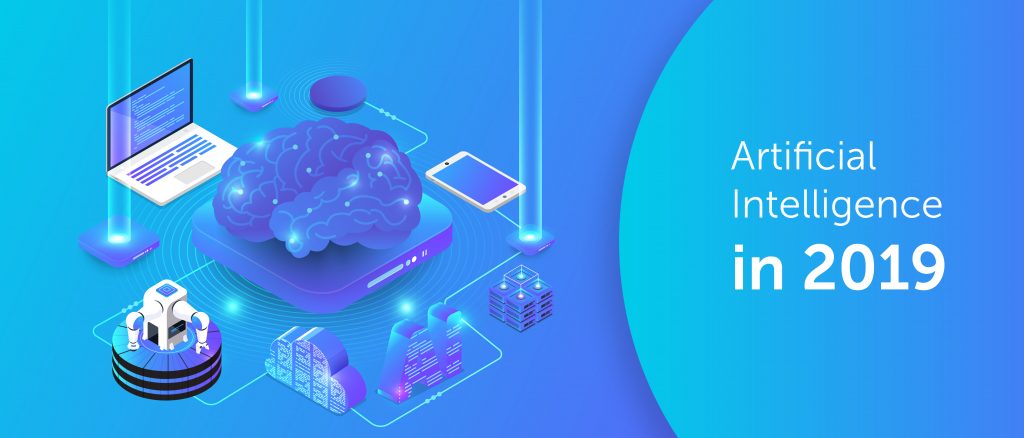Have you ever watched the movie “Her”? In that movie, the main character falls in love with an intelligent virtual assistant. At first, this scenario seems a little bit crazy, but do you know the technology already exists? I know it sounds hard to believe or maybe it sounds a little bit creepy for you, but it’s true. Those things could happen because of Natural Language Processing (NLP). So, what is that? Natural Language Processing is the ability of computers to understand human speech as it is spoken. It is a branch of artificial intelligence (AI) that has many important implications on the ways that computers and humans interact, and helps computers parse the ambiguity of human language.
The history of Natural Language Processing (NLP) can be dated back to the 1950s, first proposed by Alan Turing in the form of a simple test to determine if a machine can be considered ‘intelligent, whether they are able to convincingly imitate the way humans talk. For example, Siri and Alexa could understand and process the words you say and translate them into a command that they execute. It paves the way for a system that could enable people to look up information, send messages or control smart home devices through the power of speech. For computers to truly understand the way humans communicate every day, they need to understand more than just the objective definitions of the words, they need to understand what we really mean.
So, how does natural language processing (NLP) work? It works through machine learning (ML), a process where computers are given a lot of data to learn and find patterns that can help them “understand” how language works. In this case, of course, the data that the computer processed has to be in the form of massive amounts of text/article. Have you watched Iron Man and Avengers movies? The way Jarvis can understand what Tony Stark says and help him out is a prime example of a perfectly working NLP.

Then, what is the role of NLP in business? Companies always want to improve their customer experience and engagement. On the other side, communication with customers today requires intuitive solutions from the customer's point of view to provide a positive and effective experience. That’s why companies are looking for better ways to engage with their customers. One of the most common solutions for this case is using chatbots that are powered by NLP technology.
By using a chatbot, a company or brand can interact with their customers, over text conversation in various messaging apps to ensure that customers can get the answer to their questions or find what they’re looking for instantly, without having actual humans to answer the questions manually. It provides a conversational experience without all the extra steps of actually ringing up the customer service department. This also means a highly efficient customer service operation, since a company does not need to employ a lot of customer service agents that have to respond manually to the consumers.
From the customer’s point of view, the role of NLP for a chatbot is in making the customer feel understood in real-time. Without NLP and access to the right data, it is difficult to discover and collect the insight necessary for driving business decisions. NLP makes speech analysis easier. For example, if customers send a message about a problem they’re experiencing with a product or service, NLP would recognize the emotion (angry or disappointed) and mark it for a quick automatic response.
This technology offers a great opportunity for capturing strategic information such as preferences, opinions, buying habits, as well as feelings or sentiments. Therefore, it is clear that Natural Language Processing (NLP) takes a very important role in the future of machine and human interaction. It’s an essential tool for leading-edge analytics and is proof that we are no longer imagining these technologies inside the context of science fiction. Welcome to the future.

















